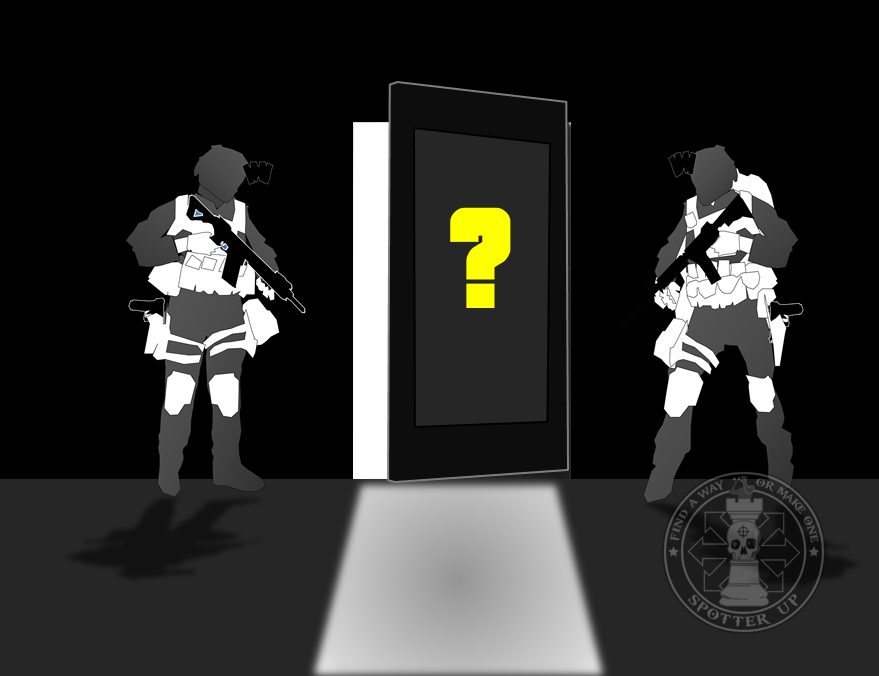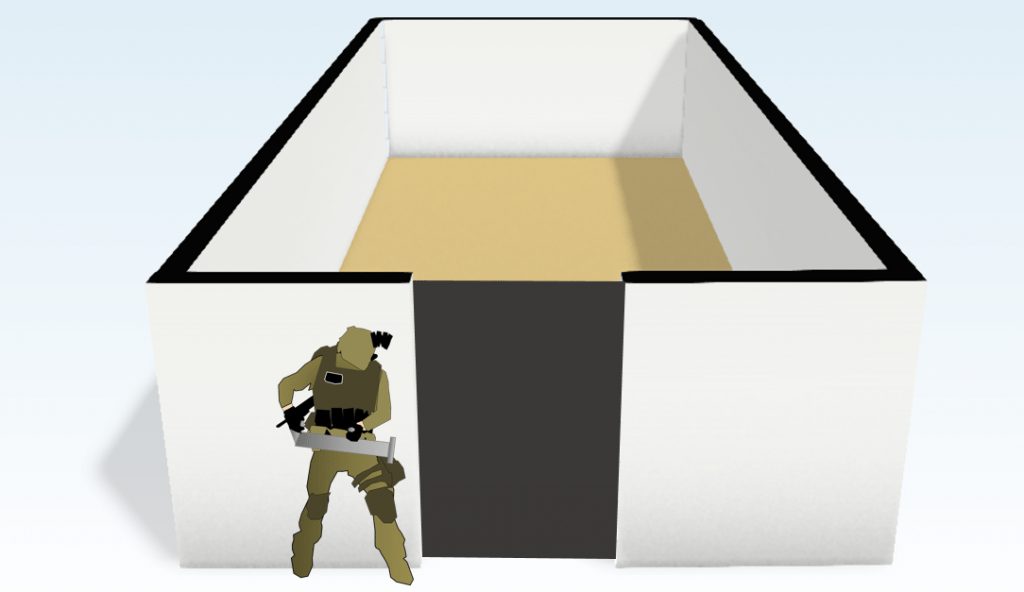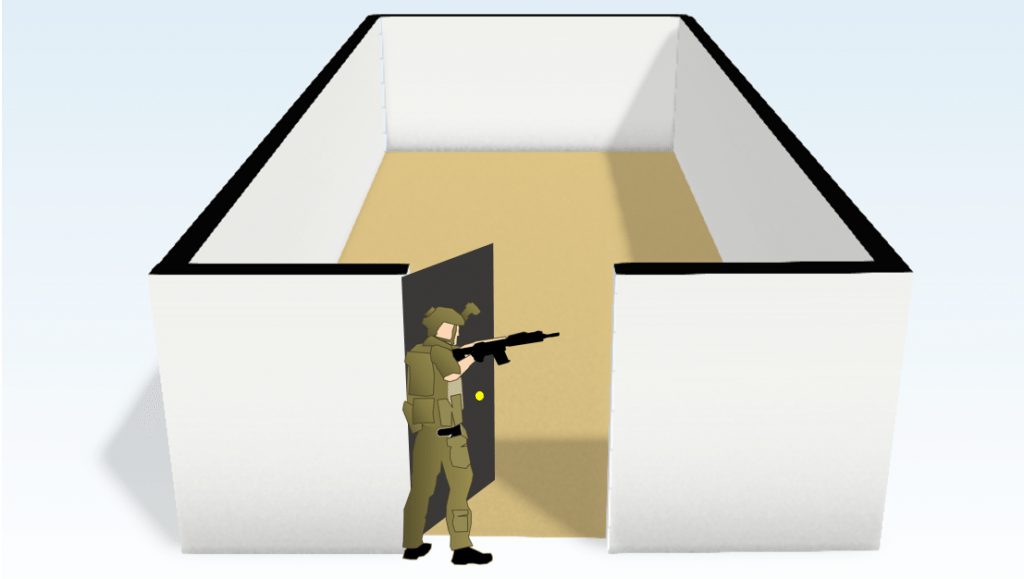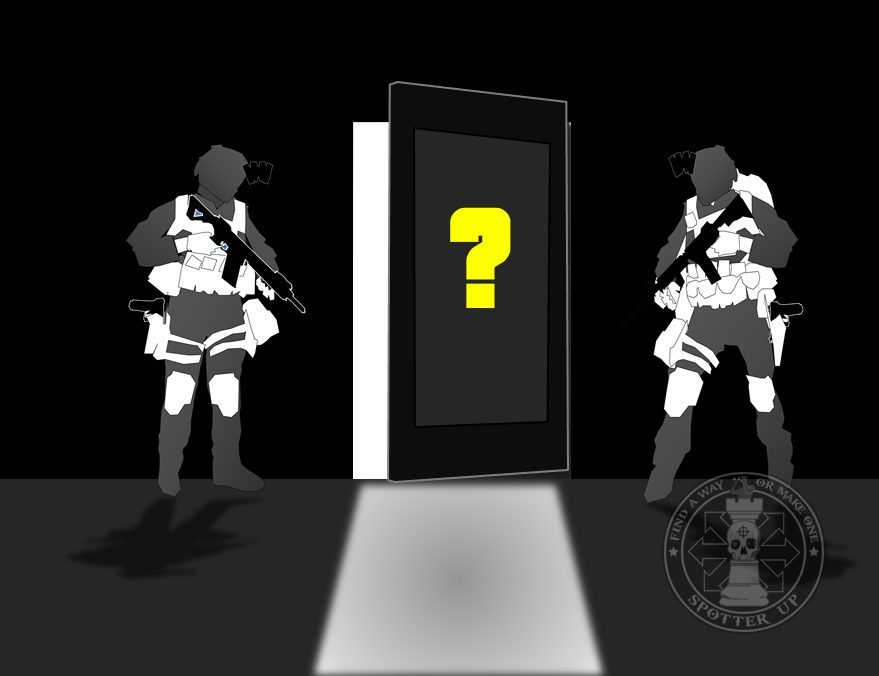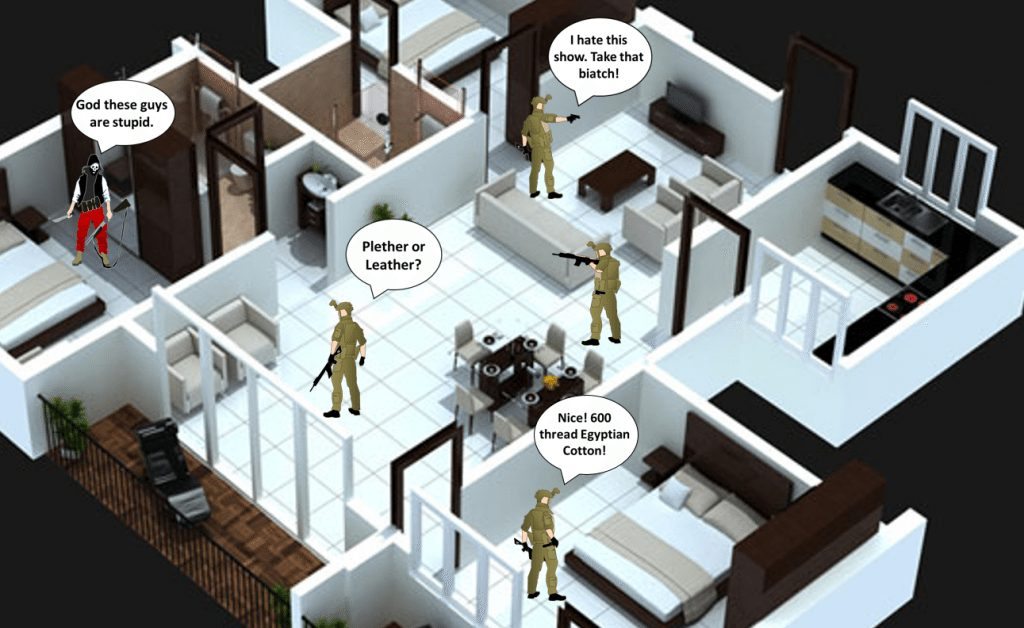Article Two: Entry Philosophy
Part 1
In my last article, the Anatomy of a Room we looked at different rooms, their layout and the tactical obstacles found within them. We are going to progress further by placing a new element into the equation – the human. How do we work within this environment? The first and foremost way of teaching people to be operational is by examining the entry process. I call this the philosophy of entry. Philosophy is the study of rational truths and knowledge. There is a certain kind of knowledge and rationale needed to enter a room with a threat present or decide which entry is required to a given situation. Let us look into this further…
We, in the Western world, rationalize and reason our entries to be orientated towards the entrypoint and from the stack, in order to immediately enter the room, engage immediate threats to life and clear into the corners before rebounding back into the rest of the room. (At most basic construction – that is the entry process.) I dont understand what this means.
But if we are going to be smart about entering a room, against a threat, where our lives are in danger, we need to break down the elements of the entry process and build up each concept and element within it. I want to solidify the understanding of entries within you.
First to definitions: the entry is how people get from the outside of the building or room to the inside of the building or room; the entry is how the team enter the rooms or openings they encounter. For definitional and operational purposes I must enforce the fact that an entry is different from breaching. When you are breaching you are using a mechanical, thermal, ballistic, explosive or other aid to create an access point whereas an entry is the method of movement through the created access point. You breach and then you make entry. You may breach but not make entry, for example, in a diversionary breach or breach and hold. Do not get the two confused, they are not interchangeable. I emphasise this strongly.
Now that it has been made clear let’s talk basics about the entry. A group of people, usually in a small team, have to be able to get inside the room. There is no advantage as to walking into the center of the room in single file is there? Someone occupying that room with a weapon is a deadly combatant – an immediate threat. They can engage the entrypoint you will likely come through, often with fatal accuracy, from a close-distance away, which is known as the fatal funnel. Walking directly into the middle of the room opens you up to many exposing angles. This is not a very proactive way of entering the room. It carries too much risk. There has to be a process of entering a room, which reduces that risk or matches behaviour to the presented risk. There has to be a process: entry.
I want you to grasp the basic structure of the entry. I will make this clear, plain, and stupid simple. I will tailour it for a Western audience, in that you will: stack next to the entry point. You will enter the room in an ordered fashion, tailoured towards speed mixed with safety.
The first man usually dominates the area to his left or his right, depending on room layout or standard operating procedure, with the second man filling the gap, dominating the opposing side. Ok, you are stacked. The go-signal is made. Go. You begin to move through the door. No. Actually, stop right there. Observably there has already been numerous potential risks taken and mistakes made, especially in relationship to the selection and useage of certain types of stacks and entry techniques. There has already been a number of movements and thought-processes carried out in quick succession, some of them prior to you getting on scene in the first place.
An element to any work at close distance is risk acceptance. You are taking risk. You are making countless actions that do not always challenge the upcoming, and in the moment unknown, threat. Some of these actions take on too much risk-to-benefit. They are dogmas of the training industry. Humans latch onto them because they have authority. But not all tactics and techniques taught will save your behind when the going gets tough. Sometimes we rely on instinct, fear, adrenaline, our gut, and our own will. In the aforementioned example, we only got one foot into the door and we could have been killed. We did not even get an opportunity to clear into the corners. Take note!
What I have to get you to understand before we really dig deep, is that human behaviour is and has always been the challenge of tactics and warfare in general. The key point is this: humans do not always follow the prescribed rules or behaviours. Those rules or behaviours do not always help. There is a steep learning curve to any tactical subject, and then a steeper learning curve when it is discovered that those tactics do not ‘fit’ as a viable response to said threat. I want you to keep your mind open, and critically think for yourselves, as we progress through this series.
Brought to you by the dudes at Spotter Up!
By Rye
Close Quarters Battle
Tactical Education and Motivation
Google anything Close Quarter Battle – You’ll find us!

